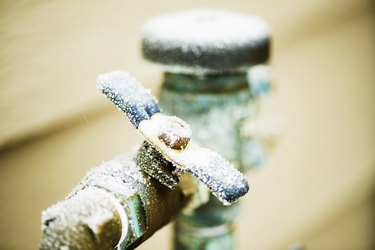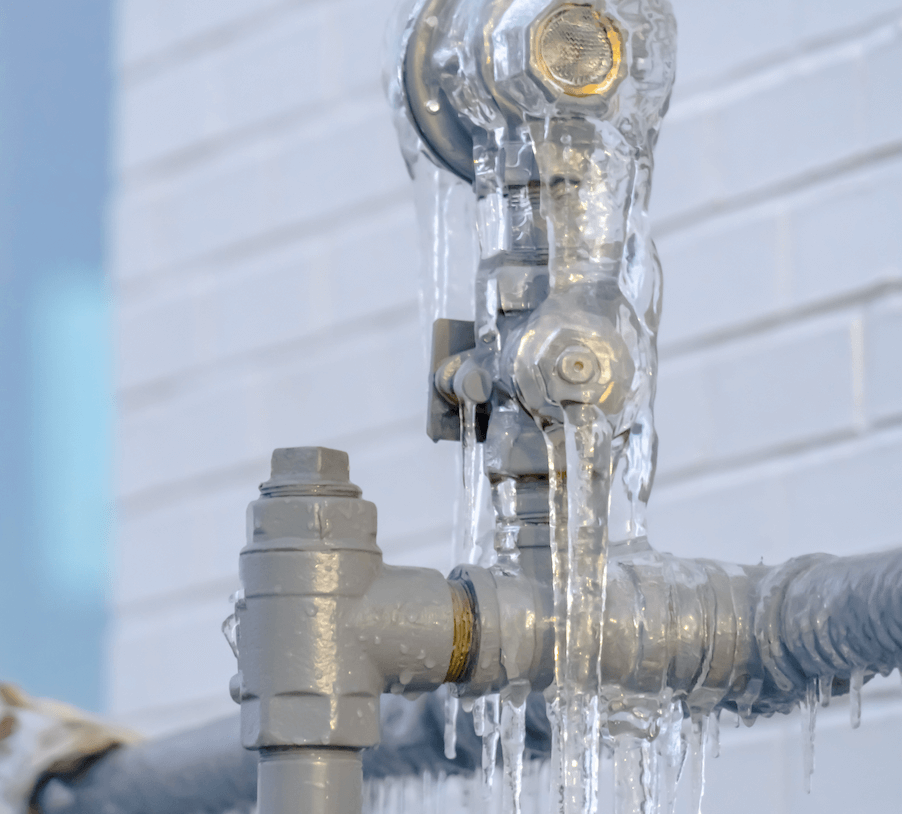Protecting Against Frozen Pipes in Cold Weather: Expert Tips
Protecting Against Frozen Pipes in Cold Weather: Expert Tips
Blog Article
The publisher is making a number of good annotation related to Preventing and dealing with frozen pipes in general in this post directly below.

Winter can wreak havoc on your pipes, specifically by freezing pipes. Here's exactly how to prevent it from occurring and what to do if it does.
Introduction
As temperatures drop, the danger of icy pipelines rises, potentially causing costly repair work and water damage. Comprehending just how to stop icy pipes is critical for property owners in cold environments.
Avoidance Tips
Protecting vulnerable pipelines
Wrap pipes in insulation sleeves or utilize warm tape to shield them from freezing temperature levels. Focus on pipelines in unheated or outside areas of the home.
Home heating methods
Keep indoor spaces appropriately heated up, particularly locations with plumbing. Open up closet doors to permit cozy air to flow around pipes under sinks.
Exactly how to recognize frozen pipes
Seek lowered water circulation from faucets, unusual smells or sounds from pipelines, and noticeable frost on subjected pipelines.
Long-Term Solutions
Architectural modifications
Think about rerouting pipes away from outside wall surfaces or unheated areas. Include additional insulation to attic rooms, cellars, and crawl spaces.
Upgrading insulation
Purchase premium insulation for pipelines, attics, and walls. Proper insulation helps preserve regular temperatures and decreases the threat of frozen pipelines.
Shielding Outside Pipes
Yard tubes and outside faucets
Disconnect and drain pipes yard hoses prior to wintertime. Mount frost-proof faucets or cover exterior faucets with shielded caps.
Recognizing Icy Pipelines
What triggers pipelines to freeze?
Pipes freeze when exposed to temperatures below 32 ° F (0 ° C) for prolonged periods. As water inside the pipes freezes, it expands, putting pressure on the pipe wall surfaces and possibly triggering them to burst.
Threats and problems
Icy pipelines can bring about water system disturbances, property damages, and pricey repair services. Ruptured pipes can flooding homes and cause comprehensive structural damage.
Indicators of Frozen Piping
Determining frozen pipelines early can avoid them from breaking.
What to Do If Your Pipes Freeze
Immediate actions to take
If you suspect icy pipes, keep taps available to relieve pressure as the ice thaws. Use a hairdryer or towels taken in hot water to thaw pipelines gradually.
Verdict
Preventing frozen pipelines calls for aggressive procedures and fast actions. By understanding the reasons, indications, and preventive measures, home owners can secure their pipes during cold weather.
6 Proven Ways to Prevent Frozen Pipes and Protect Your Home
Disconnect and Drain Garden Hoses
Before winter arrives, start by disconnecting your garden hoses and draining any remaining water. Close the shut-off valves that supply outdoor hose bibs and leave the outdoor faucet open to allow any residual water to drain. For extra protection, consider using faucet covers throughout the colder months. It’s also important to drain water from any sprinkler supply lines following the manufacturer’s directions.
Insulate Exposed Pipes
Insulating your pipes is an effective way to prevent freezing. Pipe insulation is readily available at home improvement stores and is relatively inexpensive. Pay close attention to pipes in unheated areas such as the attic, basement, crawl spaces, or garage. Apply foam insulation generously to create a buffer against the cold. You can also wrap your pipes in heat tape or thermostat-controlled heat cables for added warmth.
Seal Air Leaks
Inspect your home for any cracks or openings that could let in cold air. Seal any holes around the piping in interior or exterior walls, as well as the sill plates where your home rests on its foundation. Additionally, make sure to keep your garage door closed unless you’re entering or exiting. Leaving it open creates a significant air leak that can lead to frozen pipes.
Allow Warm Air Circulation
During cold snaps, it’s essential to allow warm air to circulate evenly throughout your home. Leave interior doors ajar to promote better airflow. Open kitchen and bathroom cabinets to help distribute heat consistently around the rooms. If you have small children or pets, be sure to remove any household chemicals or potentially harmful cleaners from open cabinets for safety.
Let Faucets Drip
A small trickle of water can make a big difference in preventing ice formation inside your pipes. When temperatures drop significantly, start a drip of water from all faucets served by exposed pipes. This continuous flow helps prevent the water from freezing. Additionally, running a few faucets slightly can relieve pressure inside the pipes, reducing the chances of a rupture if the water inside does freeze.
https://choateshvac.com/6-proven-ways-to-prevent-frozen-pipes-and-protect-your-home/

I have been very inquisitive about How to Prevent Your Pipes From Freezing and I hope you enjoyed the new blog entry. Do you know about someone else who is excited by the topic? Why not share it. I am grateful for being here. Revisit us soon.
Click Here Report this page